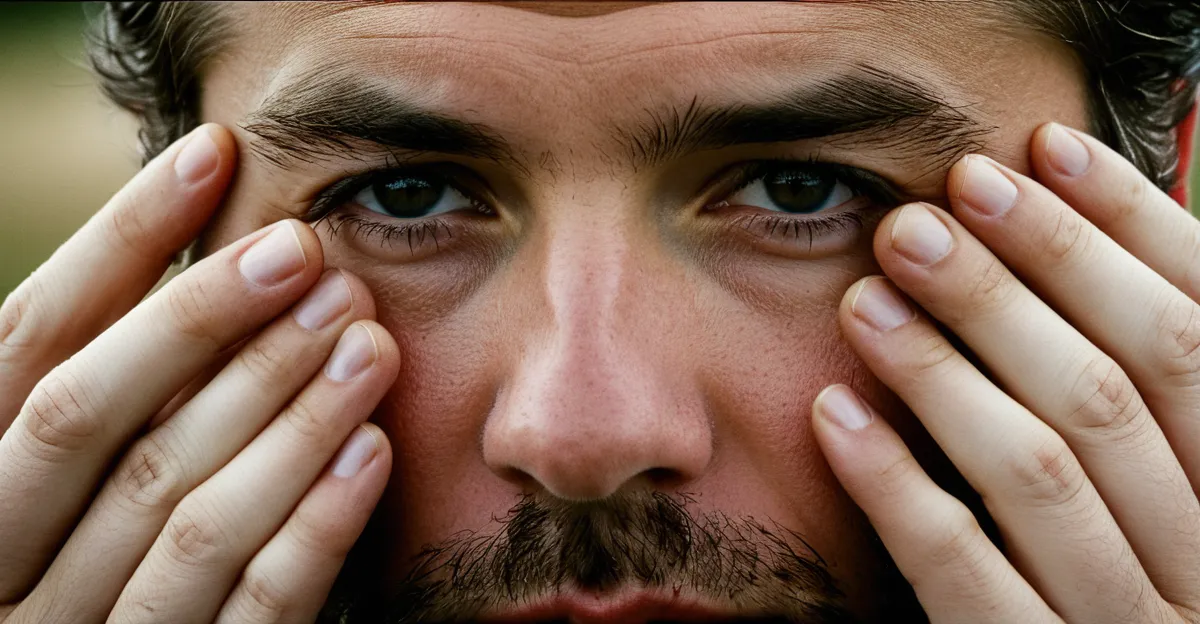Key cultural shifts shaping the UK media landscape
The UK media cultural trends reflect profound societal transformations shaping how content is produced and consumed. Diversity, digitalisation, and evolving generational attitudes are among the primary UK media shifts influencing this landscape. British media transformations increasingly respond to a population that demands inclusivity, authenticity, and technological integration.
Diversity and representation are no longer optional but foundational in British media transformations. Audiences expect media platforms to mirror the multicultural makeup of the UK, influencing casting, editorial choices, and advertising strategies. Alongside this, digitalisation accelerates change as traditional outlets face declining viewership, pushing media companies to embrace streaming and social media to reach younger generations whose consumption habits diverge from older audiences.
In the same genre : How Can Recent UK Policies Impact Social Welfare Systems?
Societal values emphasize transparency, real-time access, and participatory content. For example, UK media cultural trends show a rising preference for audience-driven narratives and interactive formats. This drives British media transformations towards embracing localized stories, community voices, and influencer collaborations, which foster deeper engagement.
In summary, UK media shifts are shaped by intersecting cultural trends: increasing diversity, digital disruption, and evolving consumer expectations. These changes reiterate the need for adaptability and innovation within the UK media to stay relevant and connect effectively with a dynamic audience.
Additional reading : What are the latest trends in UK media consumption?
Diversity and representation in UK media
Diversity in UK media has become a cornerstone of modern British media transformations. Increasingly, media representation UK initiatives push for inclusivity across news, entertainment, and advertising sectors. The demand for broader representation shapes casting choices, influences storytelling direction, and redefines editorial priorities to better reflect the UK’s multicultural society.
How is diversity in UK media impacting content production? It leads to more authentic narratives that resonate with varied audiences. For example, British media platforms now feature stories highlighting minority communities and underrepresented voices. This shift challenges traditional stereotypes and promotes social understanding.
Media representation UK also faces challenges. Industry-wide debates have sparked over how genuinely inclusive content is, pointing to ongoing gaps in behind-the-scenes roles. Yet, progress is evident through campaigns aimed at improving workforce diversity and expanding the range of stories told.
The push for inclusive media also transforms advertising strategies, as brands recognize that diverse representation drives stronger connection and loyalty. Overall, the focus on diversity in UK media aligns with broader societal expectations for equity and fairness, marking a significant cultural evolution within British media transformations.
Digital habits and changing media consumption
Digital habits are key drivers of UK digital media trends, reshaping media consumption UK patterns fundamentally. Streaming and social media habits dominate, with audiences favoring on-demand access over traditional schedules. Streaming platforms have seen exponential growth, eclipsing conventional TV viewing. This shift is propelled by younger generations’ preferences for flexibility and personalised content.
Social media rises as a primary source of news and entertainment, influencing how UK media cultural trends unfold. Platforms like Instagram, TikTok, and Twitter enable instant sharing and interactive engagement, prompting media outlets to adapt formats for mobile-first audiences. This aligns with UK media shifts prioritising real-time content and participatory narratives.
The decline of traditional outlets, such as terrestrial TV and print newspapers, is notable. Audience engagement now revolves around multi-platform consumption, where viewers switch seamlessly between devices and media types. Mobile media use intensifies this trend, reflecting broader British media transformations towards digital integration.
Understanding these digital habits helps media businesses innovate distribution and content strategies. Embracing streaming dominance and social media interactivity ensures alignment with evolving consumer expectations and keeps British media relevant in a rapidly changing landscape.
Content creation in response to cultural change
Content creation UK is evolving rapidly to meet demands shaped by UK media cultural trends such as diversity, inclusivity, and digital engagement. Media companies increasingly prioritise audience-driven content that reflects societal values, adapting storytelling methods to resonate authentically with diverse viewers.
How does content creation UK respond to these shifts? Creators and platforms integrate user-generated content and influencer collaborations, enhancing relatability and trust. For example, localised storytelling has gained prominence, offering regional voices and underrepresented perspectives a platform within British media transformations. This tailored approach fosters stronger community connections and counters the one-size-fits-all content model.
Successful adaptations often involve interactive formats, encouraging participation through social media challenges or real-time feedback mechanisms. Conversely, controversies arise when attempts at inclusion are perceived as tokenistic or superficial, highlighting the complexity of meaningful content evolution.
Influencer impact also plays a crucial role, as these figures bridge traditional media and digital-native audiences, shaping trends and amplifying narratives aligned with current UK media shifts. Overall, content creation UK illustrates a dynamic process of experimentation and responsiveness, essential for staying relevant in a landscape defined by rapid cultural change.



